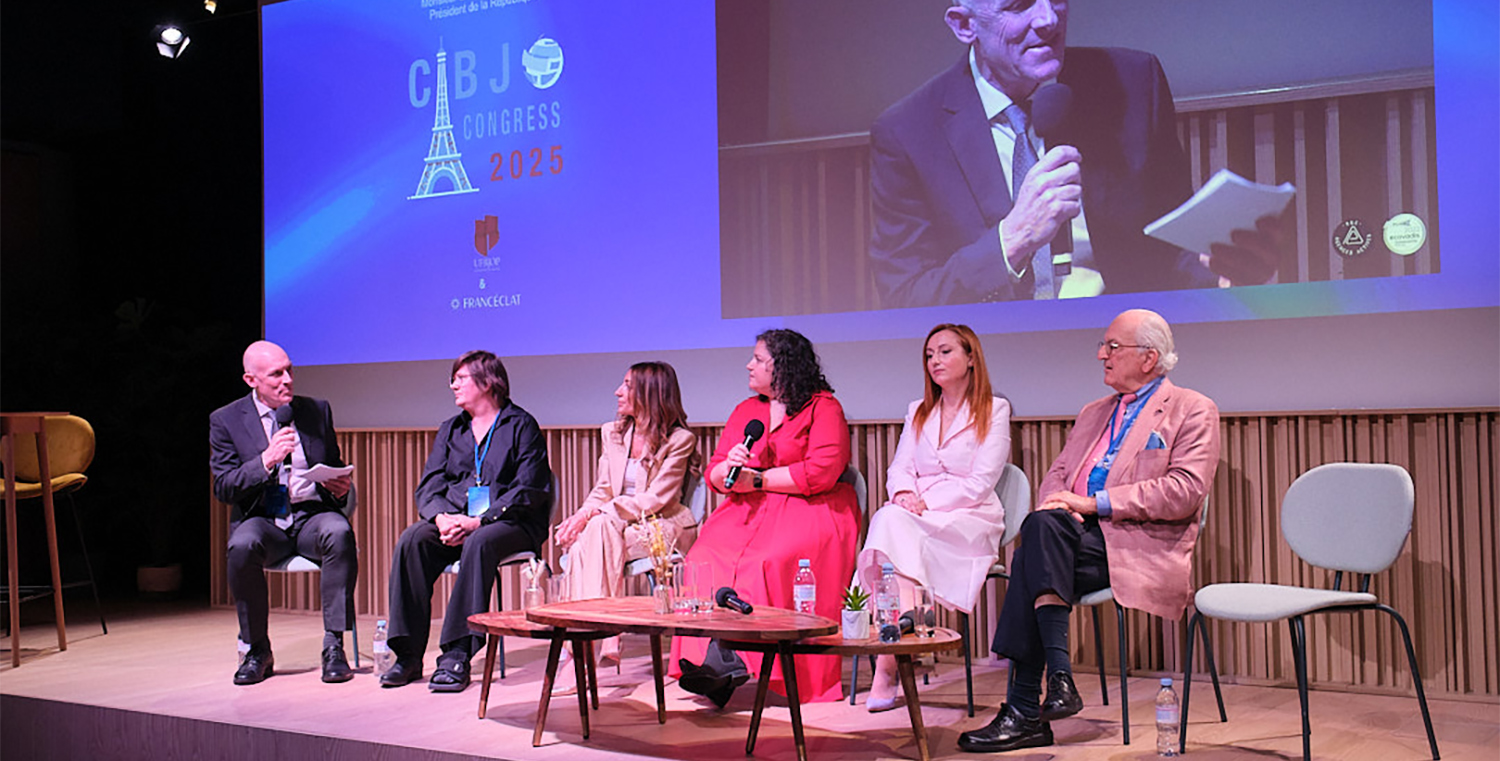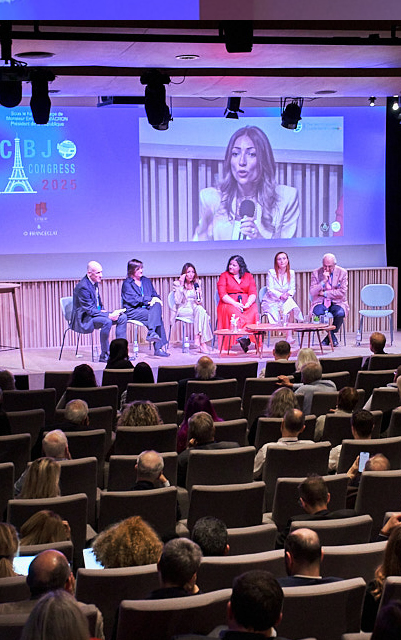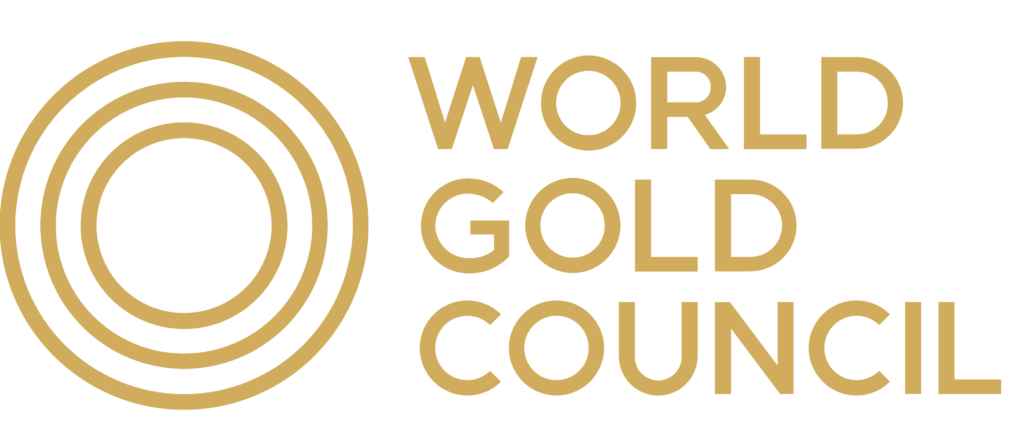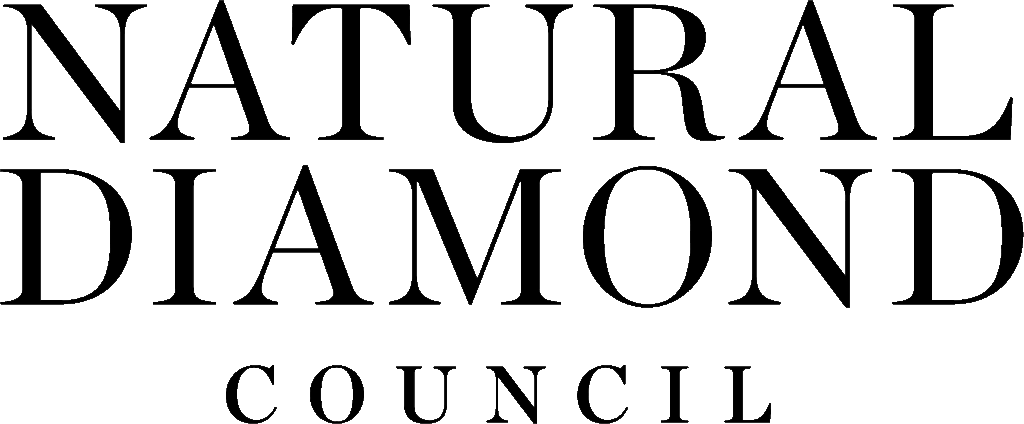Panel looking at impact of geopolitical events considers
import tariffs, sanctions and ESG regulations
The panel looking at the impact of geopolitics on the jewellery in in session (from left) Avi Krawitz, moderator; Karen Rentmeester, CEO, AWDC; Feriel Zerouki, Chief Trade and Industry Officer at the De Beers Group, and President of the World Diamond Council (WDC); Raluca Anghel, Head of External Affairs and Industry Relations at the Natural Diamond Council; Sara Yood, CEO & General Counsel at Jewelers Vigilance Committee; and Edward Asscher, Vice President, RJC.
OCTOBER 27, 2025
Introducing the topic for the panel discussion that took place during the afternoon of the first day of the 2025 CIBJO Congress in Paris on October 27, industry analyst Avi Krawitz, who served as moderator, noted that during much of his two decades covering the industry as a journalist, he had worked on the assumption that the majority of challenges facing the jewellery sector were caused by factors unique to it. But at times, outside geopolitical and economic events had impacts and consequences that fundamentally affected and changed the industry, and during the past several years these had become more common occurrences.
What set such challenges apart is that the industry was not the only business sector to be affected, but rather just one of many interested parties, making it more difficult to gain the attention of governments and other official bodies that could help in remedying the situation. This has been the case in the three specific instances that would be discussed during the panel discussion, namely U.S. trade tariffs on imports, sanction on trade with Russia following the start of the war in Ukraine, and increasingly consequential regulatory requirements related to the environment, social policies and governance, or ESG is it popularly called.
Access to the right people in the U.S. government to lobby for the elimination of tariffs in the diamond industry, has been difficult as tariffs apply to many other industries, the CIBJO Congress heard.
The diamond industry believes that tariffs applied to diamond producers are harmful to the U.S. consumer, said Feriel Zerouki, President of the World Diamond Council, which represented the global industry in the campaign to have such tariffs removed or reduced.
Furthermore, diamonds are not mined commercially in the United States.
Ms Zerouki referred to challenges reaching out to the key people in the U.S. government as many other industries were impacted by tariffs and were competing to be heard by the authorities.
Karen Rentmeesters of Antwerp World Diamond Centre said the key to a solution of the tariff challenges lay in talks aimed at bilateral deals between diamond producers and the United States, which were presently under way. The European Union has concluded such a trade deal, and as a result, under Annex 3 of the presidential decree, saw tariffs of rough diamonds and coloured gemstones fall to zero.
The U.S. historically maintained zero tariffs on diamonds and gems from all countries, a policy that encouraged a steady flow of goods into the market there.
That changed in April 2025, when President Donald Trump announced a base 10% duty on most goods from most countries, along with higher reciprocal tariffs for specific nations, to take effect after a 90-day grace period for negotiations.
That pause ended on August 7, 2025, triggering a 15 percent rate for major producer nations — Angola, Botswana, Lesotho, Namibia, and Zimbabwe. The United Arab Emirates and United Kingdom retained their 10 percent rate, while South Africa was hit with 30 percent, Switzerland with 39 percent, and China with 30 percent while US-China negotiations continued over a threatened escalation of tariffs.
Perhaps most significant for the industry, US imports from India now face a 50 percent duty — unless India scales back its purchases of Russian oil.
Most of the world’s diamonds are processed in India.
Sara Yood, President, CEO and General Counsel at Jewelers Vigilance Committee (JVC), said some diamond exporters to the United States, were seeking ways to reduce the overall net tariff impact by producing castings in the Americas, therefore being able to claim that substantial transformation had taken place locally, and later importing the manufactured jewellery incorporating diamonds and gemstones into the United States.
The issue of sanction on the Russian Federation date back to March 2022, following that county’s invasion in February of Ukraine. Heading the World Diamond Council, Ms. Zerouki led the industry’s efforts to ensure that the sanction were implemented in a way that could be complied with by diamond traders.
Ms. Rentmeesters discussed negotiations AWDC conducted with the European Union, concerning a set of more stringent standards set to be introduced. AWDC has been developing a mechanism to ensure that goods exported from Antwerp will be in compliance with the new measures.
During the panel discussion, Raluca Anghel of the Natural Diamond Council (NDC) and Edward Asscher of the Responsible Jewellery Council (RJC), referring to pressure on the market, particularly in the European Union, introduced ESG due diligence measures in their companies, said their focus was to contribute to development of regulations that will protect consumers.
TIER 2 SPONSORS










